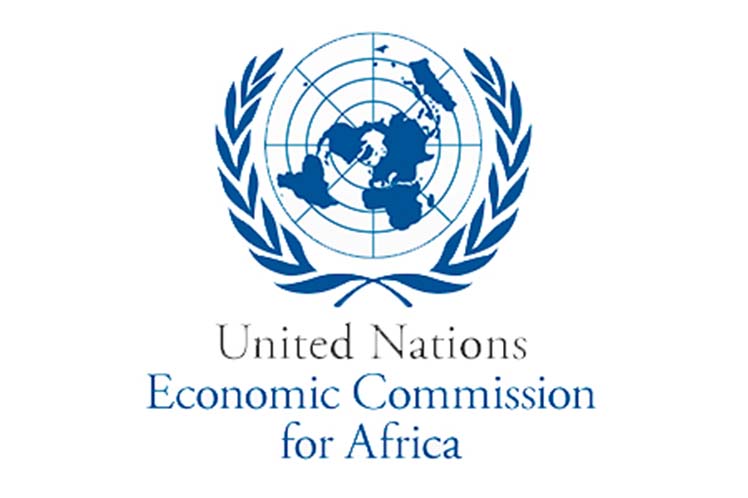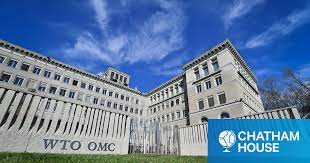United Nations Economic Commission for Africa (UNECA) has said Africa needs to mobilise innovative financing for development programmes and effectively manage its debt burden.
This is contained in a statement issued by the Communications Section, ECA on Wednesday.
Mr Adam Elhiraika, Director of the Macroeconomics and Governance Division, UNECA said this at a workshop on Debt Management, organised for policy makers from different African countries and research institutions.
He said if the debt burden was left not tackled, it threatened economic growth.
He, however, said while debt was a significant source of funding for the economic growth and development of African countries, managing it had remained a major challenge for many countries.
“The COVID-19 pandemic and the Russia-Ukraine war have negatively affected the fiscal performance of African countries, where the debt-to-GDP ratio has increased from 57 per cent in 2019 and by 2021 it was to 66 per cent in 2022.”
He attrbuted the increase in the debt burden to a growing spending on the health sector in responding to the pandemic.
He also spoke on the social costs states had endured to reduce the negative effects of the total or partial shutdown of economic activities.
Elhiraika said the global crises had worsened the debt distress for a number of African countries.
According to the statement, the International Monetary Fund’s (IMF) latest list of low-income countries’ Debt Sustainability Analysis shows that as of May 31, 16 African countries were at high risk of debt distress.
Also, seven were already in debt distress.
The IMF had recommended the G20 to launch the DSSI which was established in 2021.
The DSSI helped countries in focusing their efforts on combating the epidemic and protecting the lives and livelihoods of the most vulnerable individuals.
Furthermore, in an effort to help member states, UNECA in 2021 launched the Liquidity and Sustainability Facility to lower liquidity premiums and enhance sovereign access to international bond markets for African countries.
The facility has the potential to save African countries an estimated 11 billion dollars over the next five years on borrowing costs.













